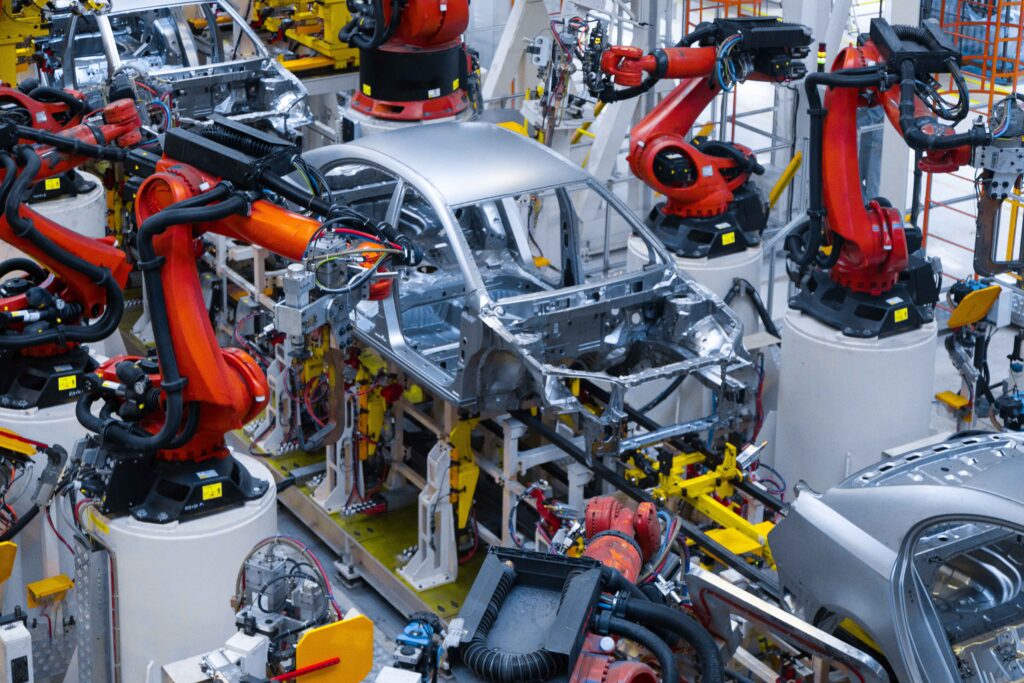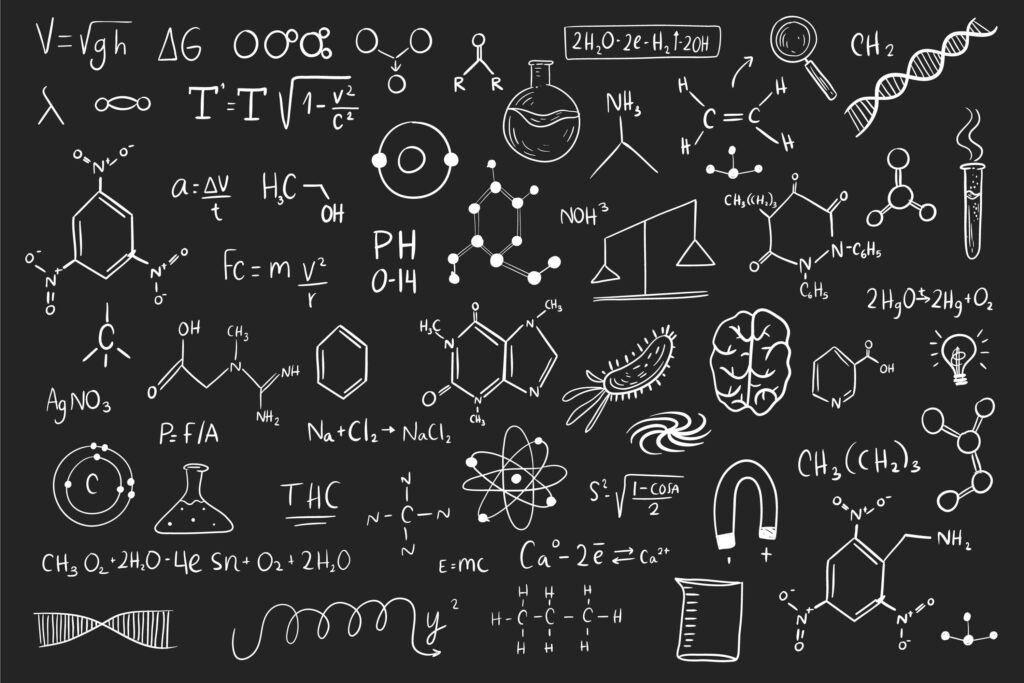UV stabilizer additive protects polymers from ultraviolet radiation damage. As demands increase for products that last longer and perform better in outdoor conditions, manufacturers have had to get serious about effective UV stabilization strategies.
How a UV Stabilizer Additive Works
UV stabilizer additives don’t all work the same way. They prevent polymer photodegradation differently. These aren’t like pigments such as carbon black.
Instead, UV stabilizers are specifically engineered to catch harmful UV rays before they can trigger those unwanted and harmful chain reactions inside the polymer.
Here’s how they typically work:
- Some absorb UV radiation and convert it to heat energy – these are usually benzophenones and benzotriazoles
- Others (like HALS – Hindered Amine Light Stabilizers) catch and neutralize free radicals formed during oxidation
- Some can deactivate excited polymer molecules before damage occurs
- And a few can break down hydroperoxides, which are intermediates in degradation
Choosing the right UV stabilizer additive isn’t one-size-fits-all – it depends on your polymer, what you’re using it for, and the conditions it’ll face. Polyolefins need different stabilization packages than PVC or polyesters because they degrade differently.
Where You’ll Find UV Stabilizer Additives Being Used
These additives show up everywhere – any industry using polymers that might see sunlight or intense indoor lighting needs them:
Building Materials & Construction
Anyone who’s seen faded vinyl siding knows why construction materials need UV stabilizers! These applications are harsh – constant sunlight, rain, temperature swings, you name it.
Think about it – vinyl windows, PVC pipes, plastic decking, outdoor furniture… they’re all exposed year after year and expected to last decades.
Picking the right UV stabilizer for construction materials isn’t simple.
It’s not just about blocking UV rays. The additive has to adapt to everything else in the formulation – flame retardants (because safety is important), impact modifiers (because durability is crucial), and processing aids (because manufacturability is key).
Additionally, the additive mustn’t wash out when it rains or when someone cleans the material.
Recent innovations include advanced surface-segregating additives that gradually migrate outward. This creates an effective self-healing mechanism where the protective layer continuously replenishes as surface molecules degrade.
Research conducted at several polymer institutes shows this approach significantly extends service life for materials exposed to harsh environmental conditions.
Testing data from multiple manufacturers confirms significant improvement in long-term performance metrics compared to traditional non-migrating stabilizer systems.
The technology proves especially valuable for construction applications where materials must maintain aesthetic and structural properties despite decades of weathering stress.

Automotive Industry Uses
In cars, UV stabilizer additives prevent cracking, fading, and brittleness in interior and exterior plastic parts.
As vehicles use more and more polymer-based components – everything from dashboards to exterior trim – effective UV stabilization has become increasingly important.
Car coatings today incorporate complex UV stabilizers to maintain gloss and prevent color fading. These additives must work in harmony with all the other components in the coating without compromising adhesion or flexibility.

Agriculture & Geosynthetics Applications
Agricultural films and geomembranes are another area where UV stabilizer additives determine how long products last. These materials are constantly exposed to the elements and need to maintain their mechanical properties despite harsh weathering.
For greenhouse films, the stabilizer system must prevent degradation while allowing adequate light transmission for plants. This balancing act requires precisely formulated additive packages.

Image credit: freepik
The Chemistry Behind Modern UV Stabilizers
Today’s UV stabilizer additives reflect decades of research into making them more stable, compatible, and permanent within polymer systems. Current generation stabilizers often feature:
- Higher molecular weight designs that don’t migrate or evaporate from the polymer
- Reactive groups that can chemically bind to the polymer, stopping them from leaching out
- Carefully balanced combinations of multiple stabilizer types that tackle different aspects of degradation
- Combined packages addressing both UV and thermal oxidation
For chemists developing new formulations, understanding these structural features helps predict how stabilizers will perform over time in different environments.
How They Test These Things
Scientists typically evaluate UV stabilizer additive performance using accelerated weathering techniques – essentially simulating years of exposure in much shorter timeframes:
- Xenon Arc testing reproduces the full spectrum of sunlight under controlled conditions
- QUV Testing alternates UV exposure with moisture cycles to simulate real weathering
- Natural Exposure involves long-term outdoor testing in high-intensity locations like Florida or Arizona
They’ll use analytical techniques, including FTIR spectroscopy, colorimetry, and mechanical testing, to measure how effectively the stabilizers protect the polymers over time.
Where UV Stabilization Technology is Headed
Research in UV stabilizer additives keeps moving forward, with current focus areas including:
- Systems that don’t migrate or leach out, staying active throughout the product’s life
- Stabilizers that can regenerate their protective capability after absorbing UV
- Using nanotechnology to enhance UV protection without affecting transparency or mechanical properties
- Developing non-toxic, environmentally friendly options that work just as well while meeting regulatory requirements
Picking the Right UV Stabilizer for Your Application
When selecting the appropriate UV stabilizer additive, formulators juggle multiple factors:
- How long does the product need to last, and what conditions it face
- What polymer are they using, and what additives are compatible
- Processing conditions and temperature stability requirements
- Regulatory compliance and potential for migration
- Cost vs. performance trade-offs and optimal dosage
Consulting with polymer additive experts for specialized applications needing advanced UV protection helps ensure optimal formulation and performance longevity.
Wrapping Up
The sophisticated chemistry behind UV stabilizer additives enables longer-lasting, more durable polymer products across countless applications.
As researchers develop improved stabilization strategies, polymeric materials will perform even better and have longer service lives.
If your organization needs to optimize UV stabilization approaches or explore cutting-edge additive technologies, CFI Carbon Products offers specialized expertise and innovative, sustainable solutions to increase profitability.
With our focus on Austin Black 325 instead of carbon black, we provide technical professionals with the materials and knowledge needed to enhance product durability in demanding applications.By properly implementing UV stabilizer additives, manufacturers can significantly extend product lifespans, improve reliability, and enhance their competitive position in an increasingly demanding marketplace.


